Yajun Zhao
Reconfigurable Intelligent Surfaces for 6G -- Applications, Challenges and Solutions
Dec 03, 2022



Abstract:It is expected that scholars will continuously strengthen the depth and breadth of theoretical research on RIS, and provide a higher theoretical upper bound for the engineering application of RIS. While making breakthroughs in academic research, it has also made rapid progress in engineering application research and industrialization promotion. This paper will provide an overview of RIS engineering applications, and make a systematic and in-depth analysis of the challenges and candidate solutions of RIS engineering applications. Future trends and challenges are also provided.
Network Coexistence Analysis of RIS-Assisted Wireless Communications
Jul 27, 2022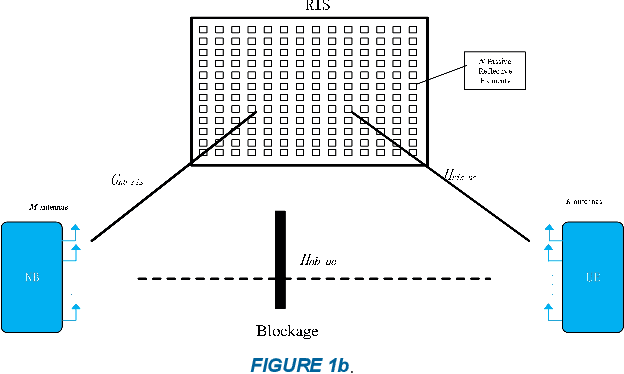
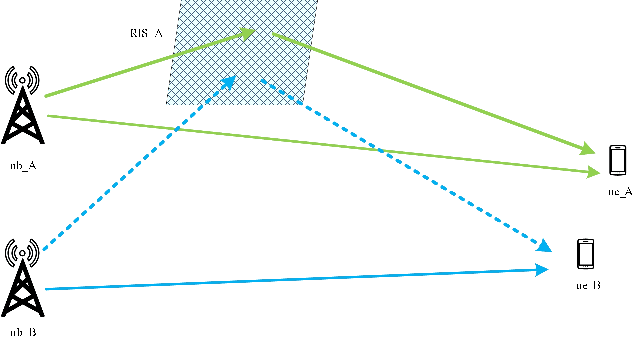
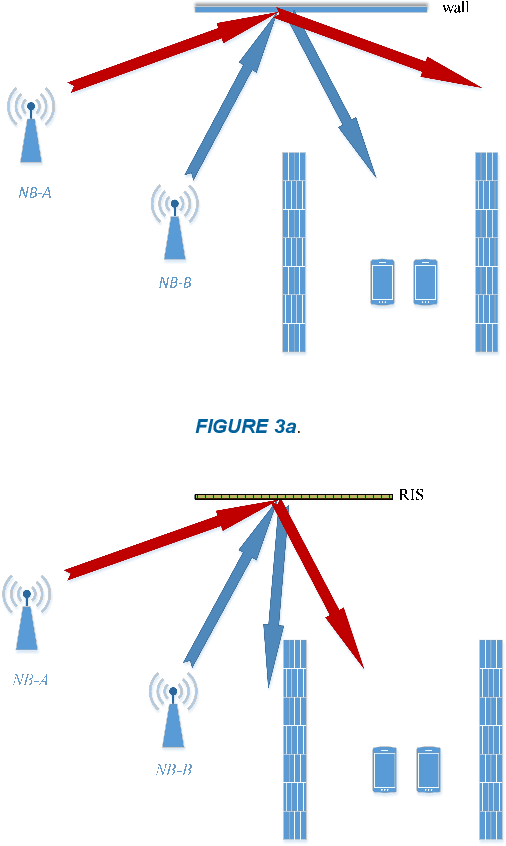
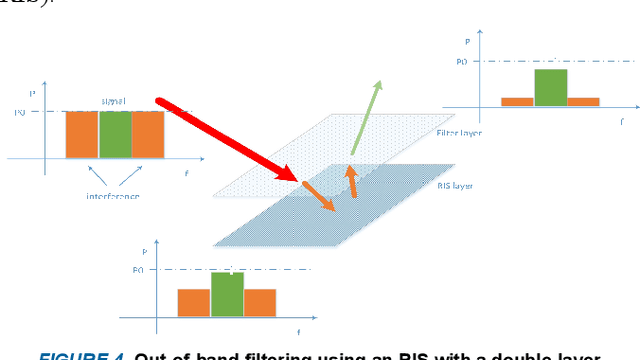
Abstract:Reconfigurable intelligent surfaces (RISs) have attracted the attention of academia and industry circles because of their ability to control the electromagnetic characteristics of channel environments. However, it has been found that the introduction of an RIS may bring new and more serious network coexistence problems. It may even further deteriorate the network performance if these new network coexistence problems cannot be effectively solved. In this paper, an RIS network coexistence model is proposed and discussed in detail, and these problems are deeply analysed. Two novel RIS design mechanisms, including a novel multilayer RIS structure with an out-of-band filter and an RIS blocking mechanism, are further explored. Finally, numerical results and a discussion are given.
* 17 pages, 16 figures
Codebook Design and Beam Training for Extremely Large-Scale RIS: Far-Field or Near-Field?
Sep 21, 2021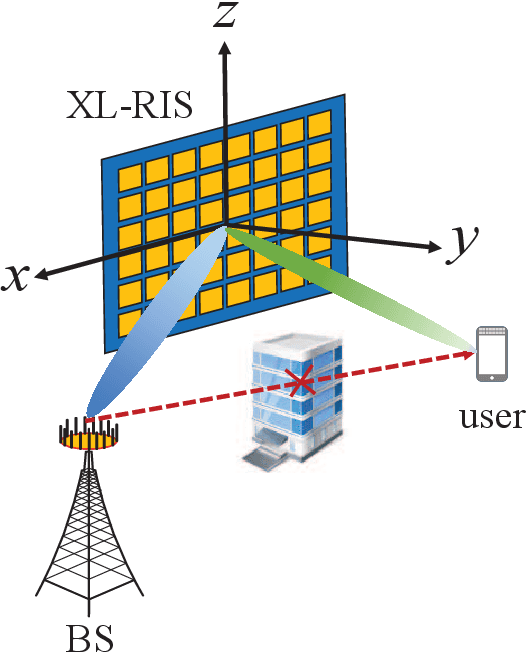

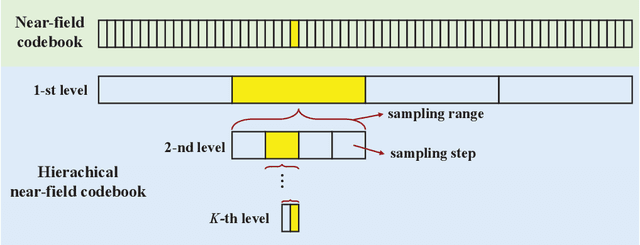
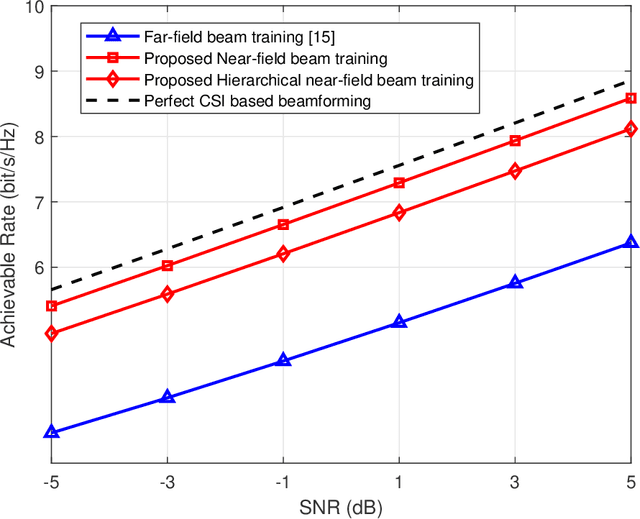
Abstract:Reconfigurable intelligent surface (RIS) can improve the capacity of the wireless communication system by providing the extra link between the base station (BS) and the user. In order to resist the "multiplicative fading" effect, RIS is more likely to develop into extremely large-scale RIS (XL-RIS) for future 6G communications. Beam training is an effective way to acquire channel state information (CSI) for the XL-RIS assisted system. Existing beam training schemes rely on the far-field codebook, which is designed based on the far-field channel model. However, due to the large aperture of XL-RIS, the user is more likely to be in the near-field region of XL-RIS. The far-field codebook mismatches the near-field channel model. Thus, the existing far-field beam training scheme will cause severe performance loss in the XL-RIS assisted near-field communications. To solve this problem, we propose the efficient near-field beam training schemes by designing the near-field codebook to match the near-field channel model. Specifically, we firstly design the near-field codebook by considering the near-field cascaded array steering vector of XL-RIS. Then, the optimal codeword for XL-RIS is obtained by the exhausted training procedure between the XL-RIS and the user. In order to reduce the beam training overhead, we further design a hierarchical near-field codebook and propose the corresponding hierarchical near-field beam training scheme, where different levels of sub-codebooks are searched in turn with reduced codebook size. Simulation results show the two proposed near-field beam training schemes both perform better than the existing far-field beam training scheme. Particulary, the hierarchical near-field beam training scheme can greatly reduce the beam training overhead with acceptable performance loss.
Applications of Reconfigurable Intelligent Surface in Smart High Speed Train Communications
Aug 07, 2021Abstract:Reconfigurable intelligent surface (RIS) is one of the most promising technologies for 5G-Adv and 6G. It has the characteristics of low cost, low complexity, and easy deployment, which provides a new opportunity to develop intelligent high-speed railway communications. The typical applications of RIS-assisted smart high-speed railway communications are introduced in detail, including suppressing the Doppler shift effect, solving frequent handoff problems, overcoming high penetration loss problems, and supporting high-precision train positioning. The key technologies of RIS-assisted smart high-speed railway communications are discussed in-depth, including channel measurement and modeling, channel estimation and feedback, beamforming, network architecture, and network deployment. It is believed that the combination of the new intelligent high-speed railway infrastructure and the new electromagnetic infrastructure built by RIS will bring broad industrial prospects to the intelligent high-speed railway in the future.
* In Chinese
AIRIS: Artificial Intelligence Enhanced Signal Processing in Reconfigurable Intelligent Surface Communications
Jun 01, 2021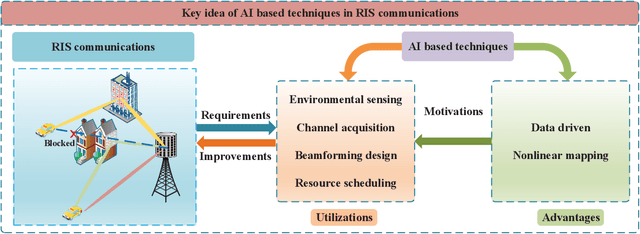
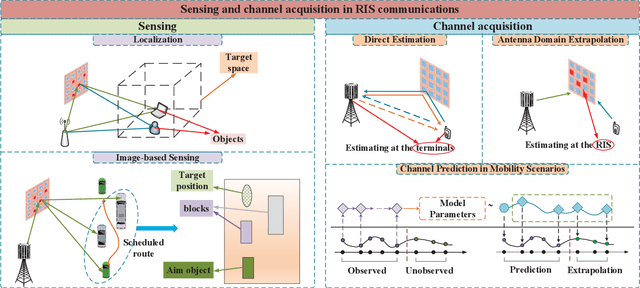
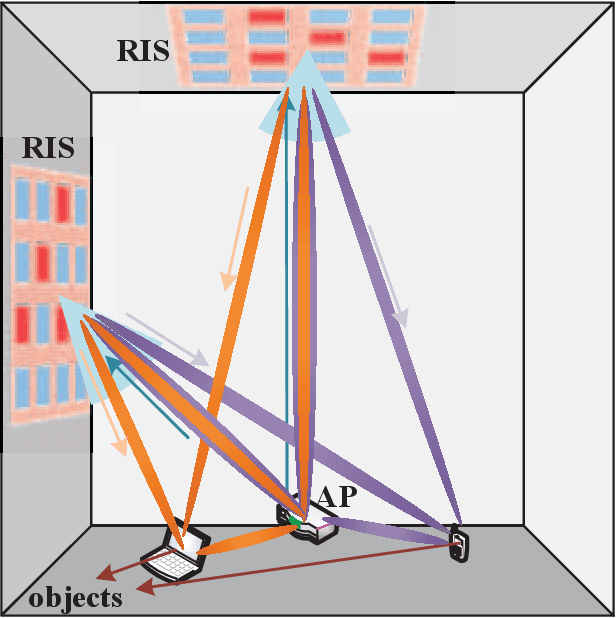
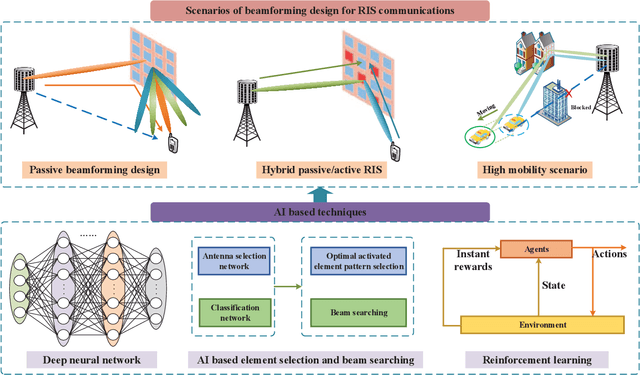
Abstract:Reconfigurable intelligent surface (RIS) is an emerging meta-surface that can provide additional communications links through reflecting the signals, and has been recognized as a strong candidate of 6G mobile communications systems. Meanwhile, it has been recently admitted that implementing artificial intelligence (AI) into RIS communications will extensively benefit the reconfiguration capacity and enhance the robustness to complicated transmission environments. Besides the conventional model-driven approaches, AI can also deal with the existing signal processing problems in a data-driven manner via digging the inherent characteristic from the real data. Hence, AI is particularly suitable for the signal processing problems over RIS networks under unideal scenarios like modeling mismatching, insufficient resource, hardware impairment, as well as dynamical transmissions. As one of the earliest survey papers, we will introduce the merging of AI and RIS, called AIRIS, over various signal processing topics, including environmental sensing, channel acquisition, beamforming design, and resource scheduling, etc. We will also discuss the challenges of AIRIS and present some interesting future directions.
 Add to Chrome
Add to Chrome Add to Firefox
Add to Firefox Add to Edge
Add to Edge